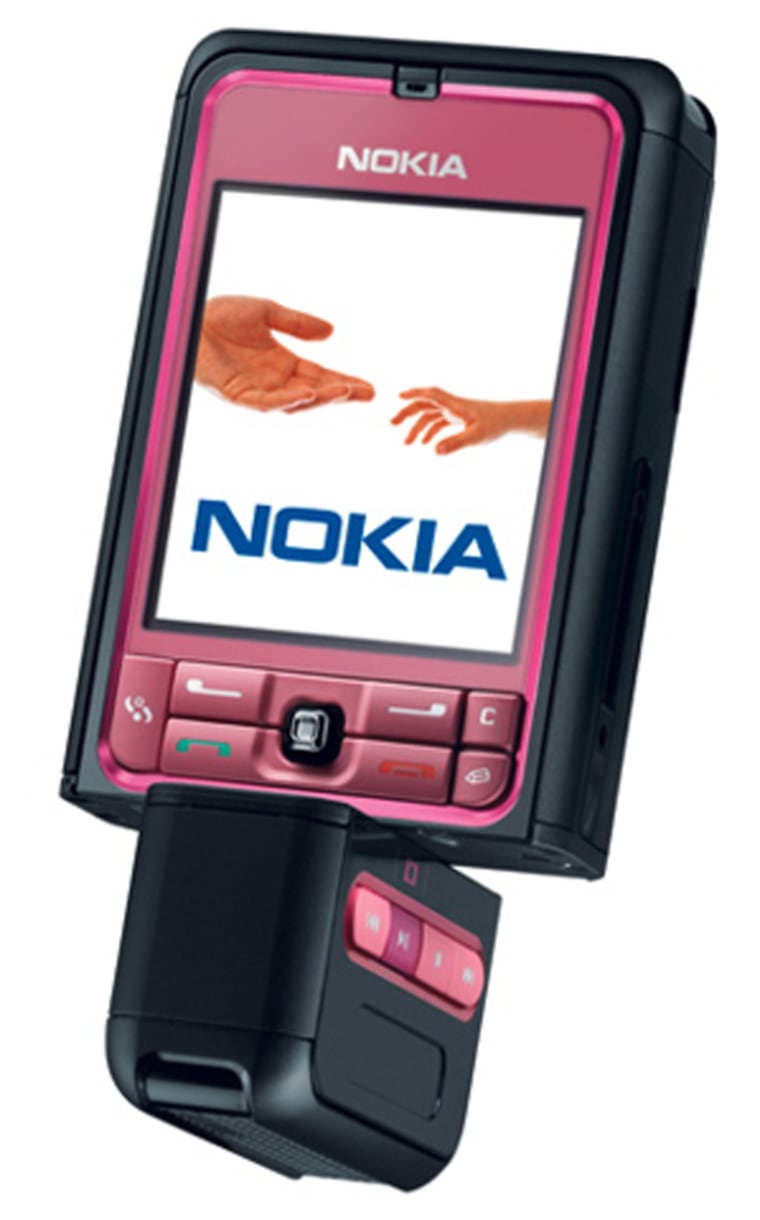Alastair Curtis, Nokia Corp.'s design chief, loves to say that his job "is much more than just style." To see what he means, slide open the cover of Nokia's ultra-stylish 8800 cell phone, and you'll hear a satisfying "thunk" that suggests the workings of a luxury car.
That's no accident. Nokia designers and engineers spent months tinkering with the springs and bearings in the cover of the $650 phone. "You can't put it into a technical term. It just feels good," Curtis says, flicking open an 8800 with a practiced motion. Another touch: Nokia hired avant-garde musician Ryuichi Sakamoto to compose ring tones exclusively for the 8800 series. "Design," Curtis says in Nokia's airy headquarters on a cove outside Helsinki, "is the look and the identity of the product, but also the usability, the packaging, the interface, even the retail experience."
That sort of thinking helped Curtis become Nokia's top design executive in April. The 38-year-old Brit has a reputation for pulling together technology and aesthetics into a package that sells, and played a big role in top sellers such as the 6101 folding "clamshell" phone and the mid-priced 6230. The 8800, meanwhile, has been a hit from Miami to Moscow, with more than a million sold since its introduction in mid-2005.
Late to the party
Curtis' new job is tough. As handset makers pack in ever more electronics, it gets harder and harder to create phones that are both beautiful and functional. True, Nokia already supplies a third of the world's mobile phones, selling 75 million handsets just in the first quarter of 2006. But it lost its edge a couple of years back when it was late to recognize the shift to clamshells, and competition today is fiercer than ever. Motorola Inc.
, with its RAZR and PEBL lines, and LG Electronics Inc., with its dark, rectangular "chocolate phone," have raised the industry coolness quotient. The big risk: Nokia could slip back into making phones that are too cautious and dull. Nokia makes "excellently designed phones such as the 8800," says Cha Kang Heui, LG Electronics' chief handset designer. "But some other phones are lackluster."
To ward off the generic and boring, Curtis has teams of scouts tramping through Milan, Rio de Janeiro, and other centers of fashion and youth culture. They speak to architects, furniture designers, paint specialists, plastics engineers, and students. "By observing people, you see the way they interact, the way they do things, the strange rituals they have," says Curtis, who makes a point of visiting public spaces such as parks to see how people use their phones. One insight: People tend to share photos by simply passing the handset to a friend. So Nokia built some of its newest N series models with screens that fold out and pivot for easier sharing.
The intelligence-gathering has also led to products such as the L'Amour collection, aimed at the most fashion-conscious consumers. The look is based on an Art Deco-influenced "shabby chic," and the phones feature metallic faces etched with dreamy patterns, and new plastic bodies with the look and feel of Chinese porcelain. But the research is not just about fashion. Watching businesspeople led Nokia to equip its new E61 handset with a button that takes users straight to e-mail.
Curtis, a graduate of London's Royal College of Art, jets constantly between Nokia design centers in Helsinki, London, Los Angeles, and Beijing. But he never loses touch with top managers or sales executives. "In addition to being a designer, he thinks and speaks in business terms," says Nokia CEO Olli-Pekka Kallasvuo. Dreaming is also part of the job, which Curtis sometimes does while out for lengthy rides on his racing bike. "You think five years out, six years out, and then you come back in. You create stepping stones to the future," he says.
So where do those steps lead? Nokia's trend oracles say customers will want to be connected all the time, seeing their handsets as entertainment centers and as a way to share their lives with friends and family. "We are moving away from phones as tools to phones as companions," says Elise Levanto, Nokia's "senior consumer vision manager." The N93, due out later this year, plays music, shoots high-quality video, surfs the Net, and has a fold-out 2.4-inch screen for watching TV. Further away are phones that will capture an image of an object, and then search the Net for more information about it. Point the handset at a bus to get the schedule, for example, or aim your phone at a restaurant to read a review. Says Curtis: "What you see today is nothing compared to what you're going to see." Nokia is counting on him to see it before anyone else.
